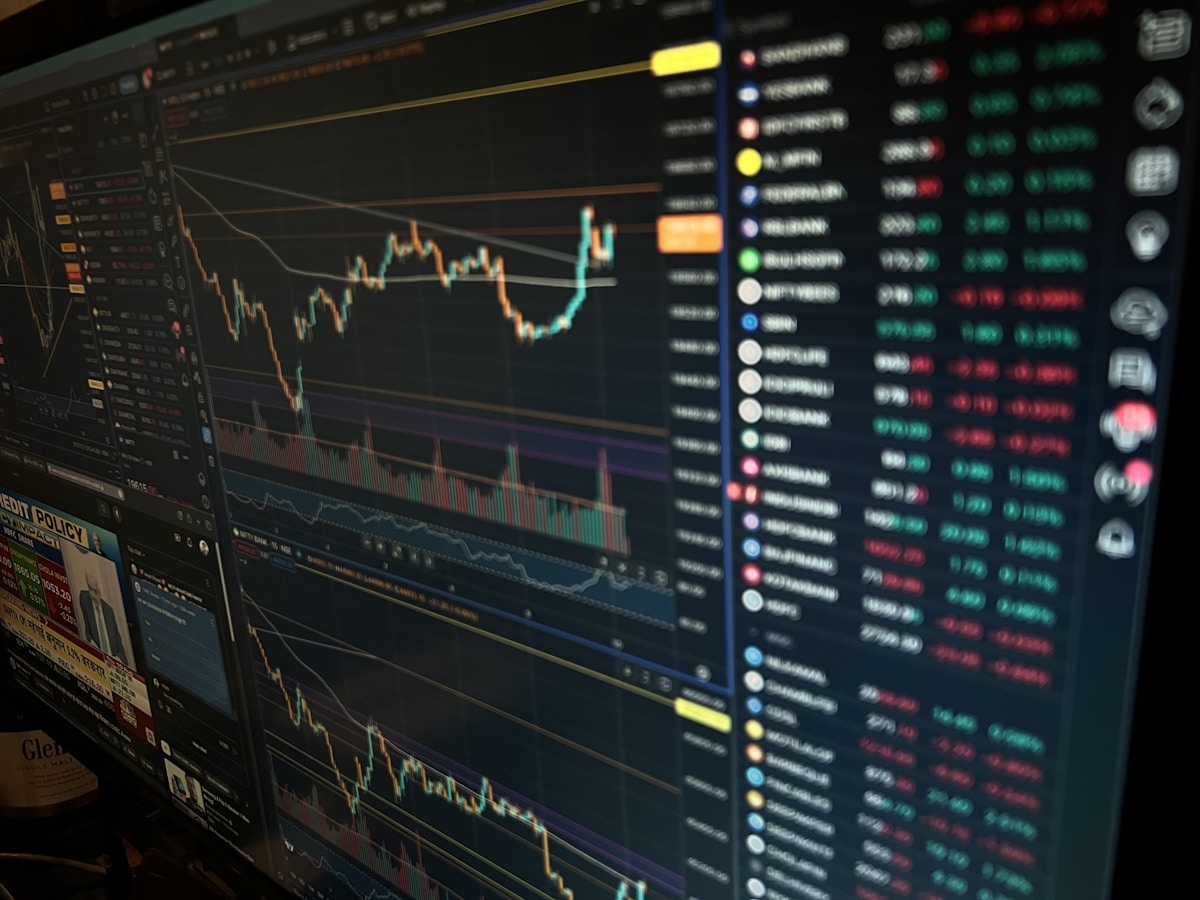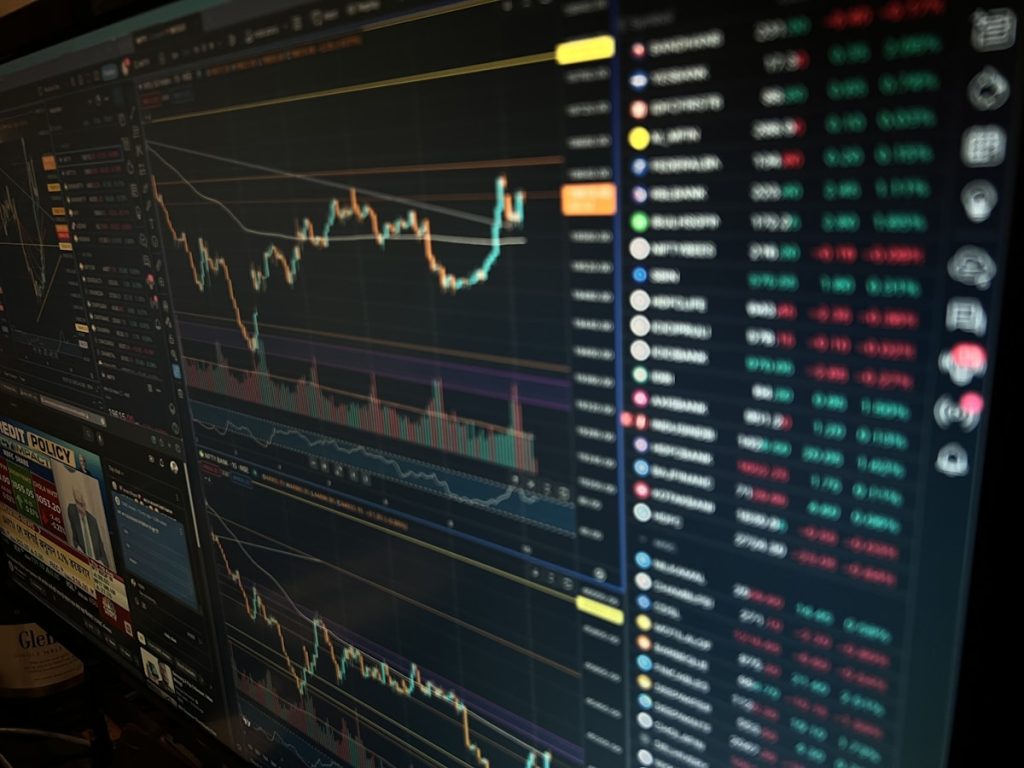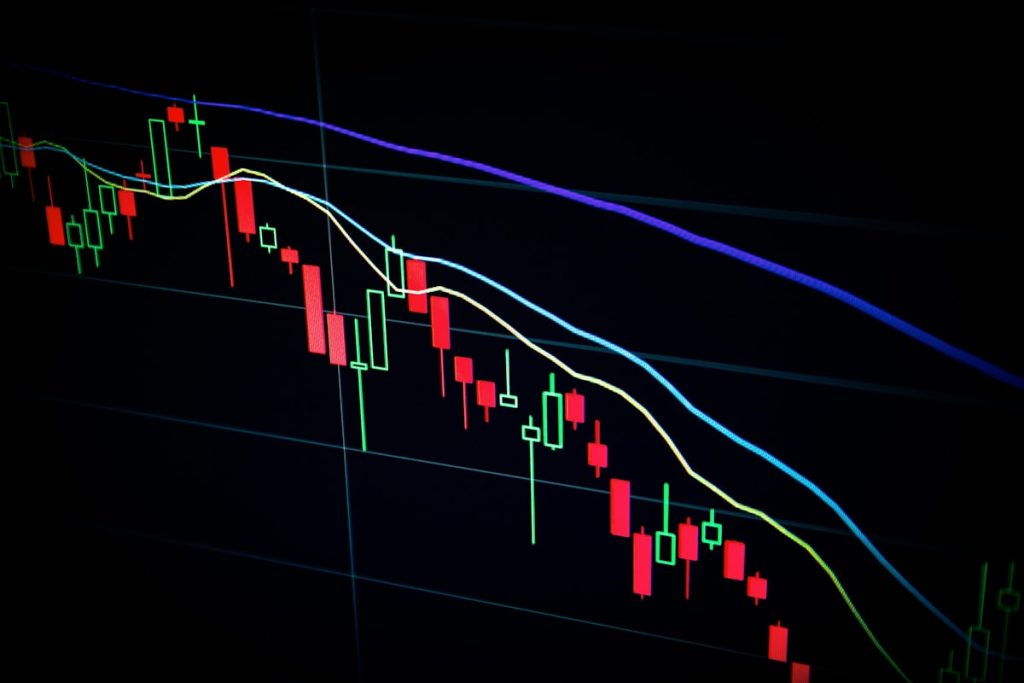Markets Shrug Off Trump’s Tariffs: What the Experts Say
Since the latest round of tariffs announced by former President Donald Trump, equity markets have shown an unexpected resilience. While the political noise remains loud, investors seem to be focusing on fundamentals, diversification, and the limited scope of the new duties. Below we break down the key reasons analysts believe the market reaction has been muted.
1. Tariffs Are Already Priced In
Most traders argue that the market had already priced in the possibility of new trade barriers months ago. “When you have a policy that’s been hinted at repeatedly, the risk premium is built into the price of assets well before any official announcement,” explains Laura Chen, senior economist at Morgan Stanley. This pre‑emptive pricing means that the actual implementation of the tariffs caused only a minimal adjustment.
2. Limited Scope and Targeted Industries
The latest tariff package focuses primarily on a narrow set of sectors—mainly steel, aluminum, and a handful of agricultural products. David Morales, chief market strategist at Bloomberg Intelligence notes that “the broader market is less sensitive to sector‑specific shocks when the affected companies represent a small share of total market capitalization.” As a result, the S&P 500 and Nasdaq have continued to climb on earnings growth unrelated to the tariff‑hit industries.
3. Strong Corporate Earnings Offset Risks
Corporate earnings season has delivered better‑than‑expected results across technology, consumer discretionary, and health‑care. Emily Patel, equity analyst at Goldman Sachs points out that “robust earnings give investors confidence that the economy can absorb higher input costs without a major slowdown.” Companies have also begun passing on higher import costs to consumers, mitigating the impact on profit margins.
4. Diversification and Global Supply‑Chain Adjustments
Multinational firms have diversified their supply chains over the past few years, reducing reliance on any single country. Jin‑Woo Lee, senior partner at McKinsey & Company says, “Firms that previously sourced 30 % of their inputs from China now source 15‑20 % from Southeast Asia, Vietnam, or Mexico. This flexibility dulls the blow of tariffs.” Investors recognize that these strategic shifts lower the systemic risk associated with trade policy changes.
5. Monetary Policy Remains Supportive
The Federal Reserve’s continued accommodative stance has helped sustain liquidity in the market. Rachel Owens, chief economist at the Federal Reserve Bank of Dallas remarks, “Low‑interest rates and ongoing asset purchases keep financing costs low, allowing businesses to weather tariffs without cutting investment or hiring.” The dovish monetary environment thus acts as a counterbalance to trade‑related headwinds.
Key Takeaways
- Markets had already priced in the risk of new tariffs.
- The tariffs target a limited set of industries, limiting broader market impact.
- Strong earnings and profit‑margin resilience offset higher import costs.
- Companies’ diversified supply chains reduce exposure to any single trade policy.
- Supportive monetary policy continues to provide ample liquidity.



